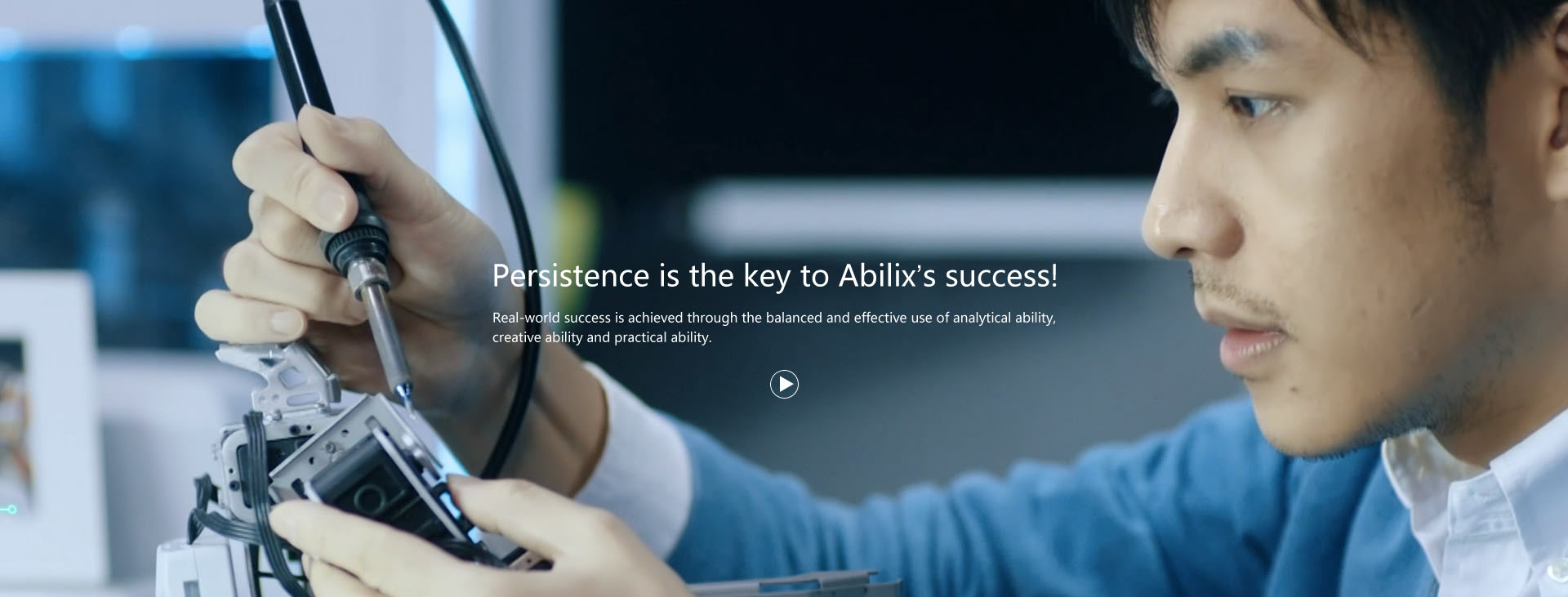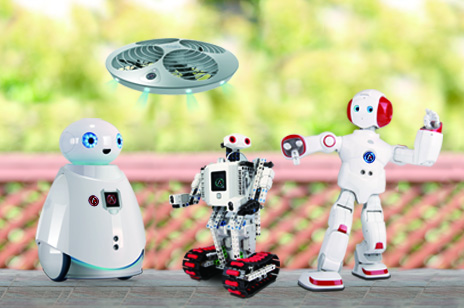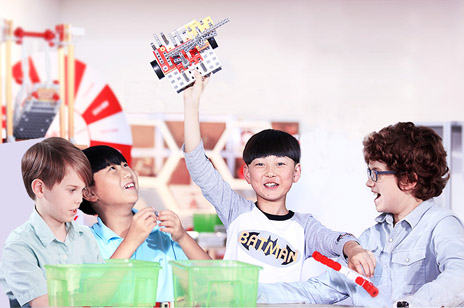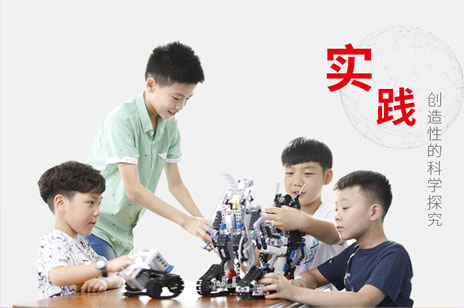Brand Story
Abilix--Global pioneer and leader in educational robots
Abilix was founded in 1996, and is the world’s first educational robot brand. Over the last 20 years, Abilix has obtained a total of more than 200 patented technologies, independently developed over 120 types of educational robots, written more than 50 sets of robot teaching materials (in 9 language versions), which have been batch exported to over 30 countries and are the only high-tech education products batched exported from China.
Presently, Abilix educational robots are used in 31 countries and regions as platforms for teaching, competition and scientific and technological activities in more than 21,500 primary and secondary schools, more than 1,000 universities, more than 1,200 school robotics laboratories, and more than 200 robot activity centers (Abilix home). Meanwhile, Abilix has also established product distribution and service networks, online shopping malls, and offline experience stores for home users globally.
















